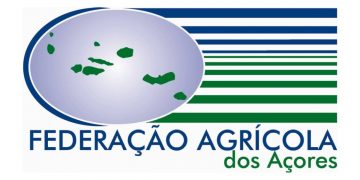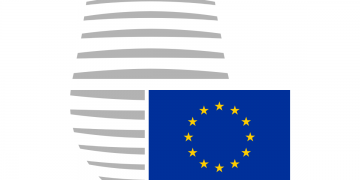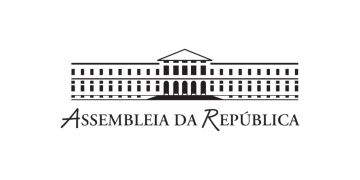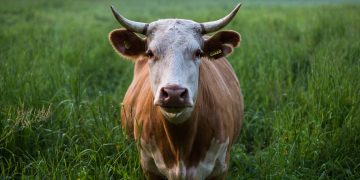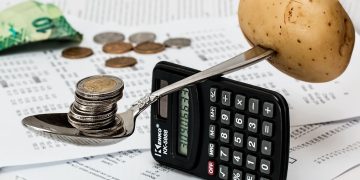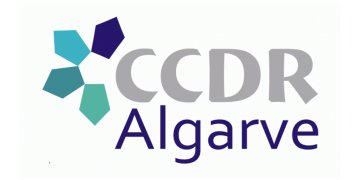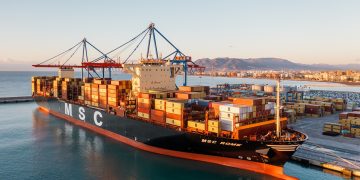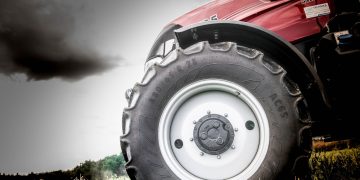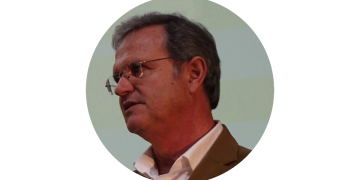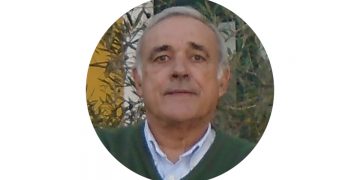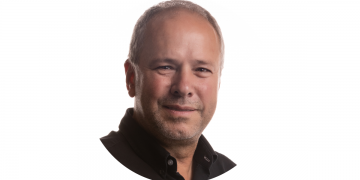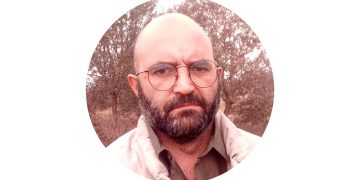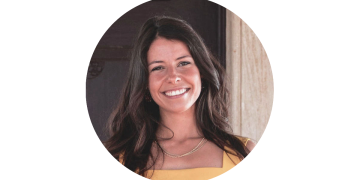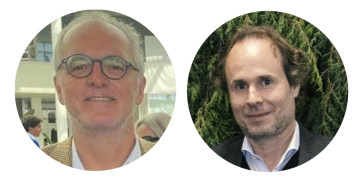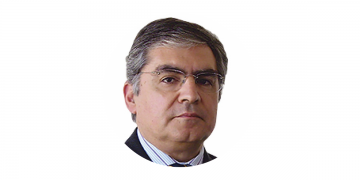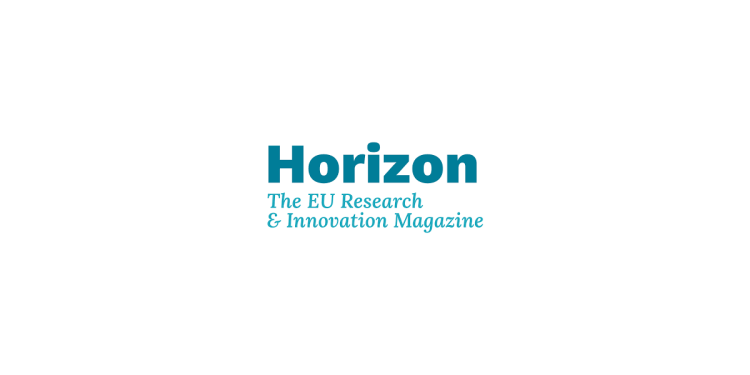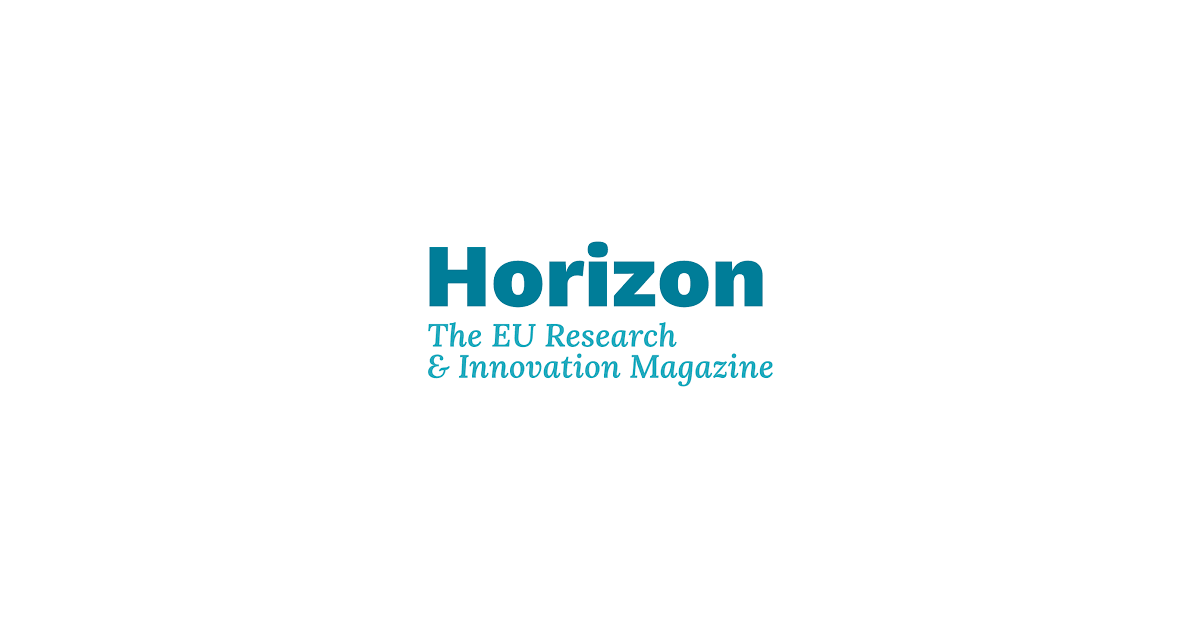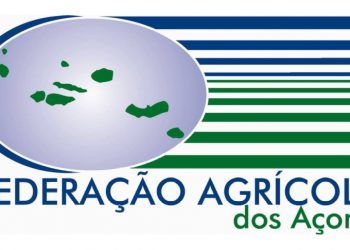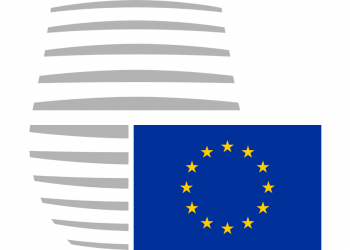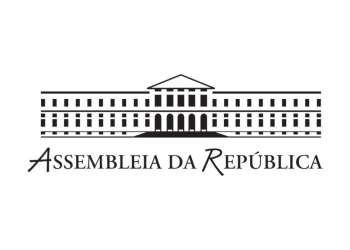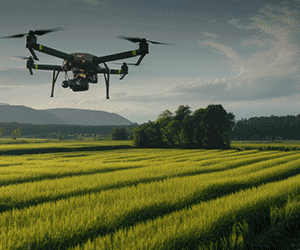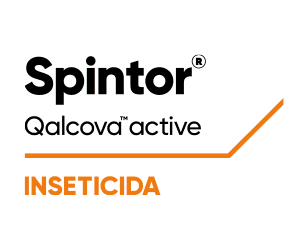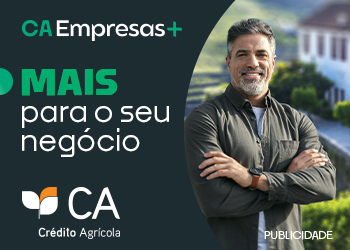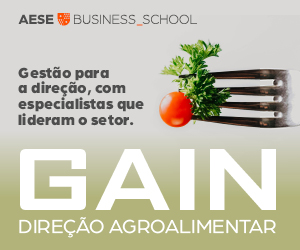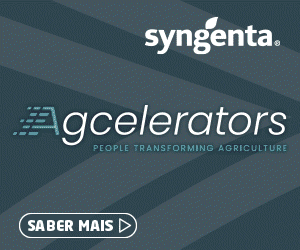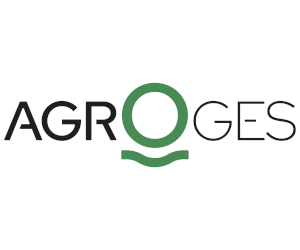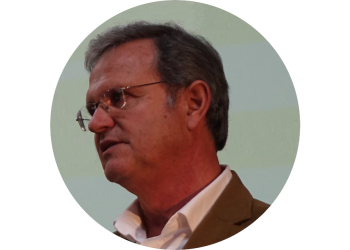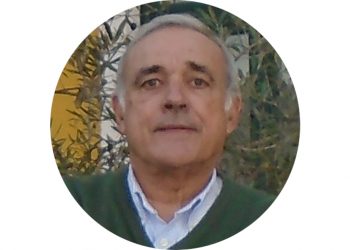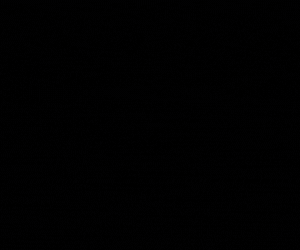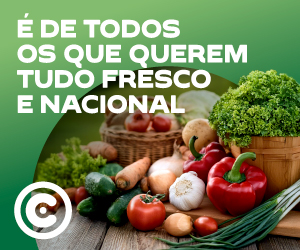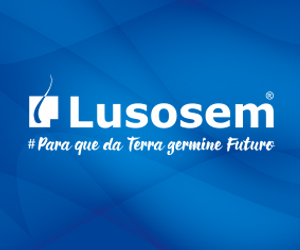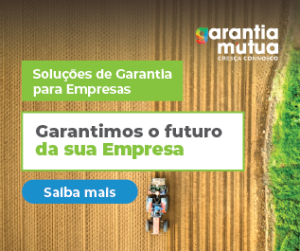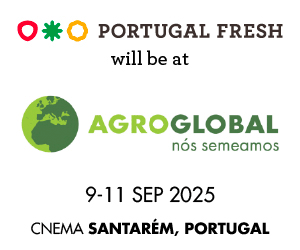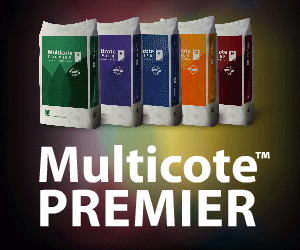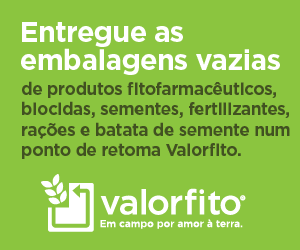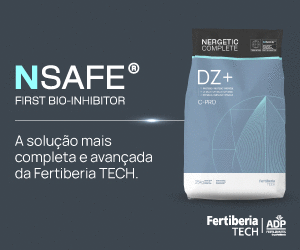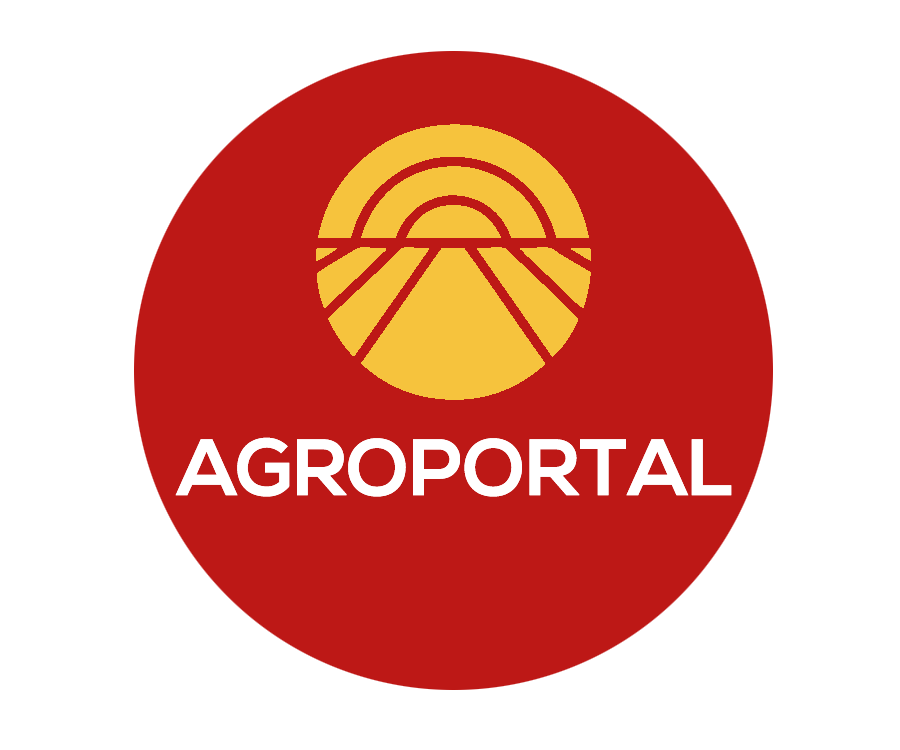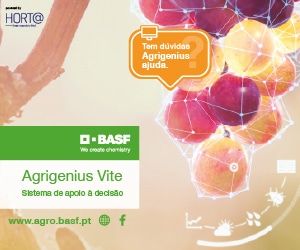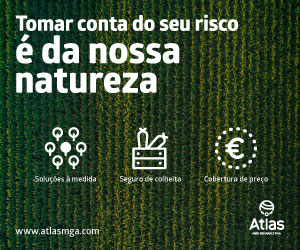New media artist Helena Nikonole is taking the art of sound to an unusual place – a city-based hydroponic plant farm. Together with a group of scientists, she is playing different urban sounds to plants grown in water. The goal is to determine how this affects their growth.
According to the European Environment Agency, at least 20% of Europe’s city dwellers are exposed to chronic levels of noise that can be harmful to their health.
But what about the natural environment? It seems that noise pollution can also impact animals, and even plants. It is difficult to determine exactly what the effect is, however, or to know which particular sounds are having a detrimental effect.
Harmonic growth
Together with scientists at Mendel University in Brno, Czechia, Nikonole has created an AI-powered system that exposes plants to different sound patterns and monitors their responses.
“We are researching how different sounds impact the plants,” said Nikonole, who is based in Berlin and Istanbul. The aim is to understand the relationship between sounds and plant growth, and use AI to recreate optimal sound sequences for plants.
“Art can give rise to all sorts of new ideas about food and how we promote it.
“It is an AI symphony created for plants and a model for future urban farming practices,” she said.
Her Acoustic Agriculture project is part of a broader EU-funded research initiative called Hungry EcoCities, which started in 2022. It brings together companies, artists and researchers based in seven EU countries.
Running until early 2026, their work combines many different disciplines across 20 different AI-driven projects, all aimed at building a more sustainable and ethical food system. This aligns with the EU’s vision of a future food system as set out in its Food 2030 policy.
Art, science and food
Hungry EcoCities is part of an even broader EU initiative named S+T+ARTS (Science, Technology and Arts).
Its underlying idea is to encourage artists to collaborate with scientists to promote art-driven innovation. In this case, in the food sector.
“We think that artists are naturally researchers, inventors and prototypers. But in the process of sustainability innovation, they’re often overlooked,” said Rodolfo Groenewoud van Vliet, co-founder and director of In4Art, a Dutch research and development organisation specialising in art-driven innovation.
As cities evolve and seek to become greener and more sustainable, fresh thinking is needed, also when it comes to how we produce and consume food. One way to spark that innovation is by bringing artists like Nikonole into the process.
While collaboration between art and science is not new, a powerful new element is now shaping those interactions: AI.
“AI is becoming a tool that creative people can use to deliver results that were not possible before,” said Dr Pavel Smrz, an associate professor at Brno University of Technology and coordinator of the Hungry EcoCities initiative.
The research team is taking a broad approach to the food system, exploring every stage from cultivation to consumption and waste management.
“It really covers everything – from what grows in the ground to how we deal with leftovers,” said Groenewoud van Vliet.
From new recipes to new marketing
While the Acoustic Agriculture team is exploring how cities and farming can co-exist with the support of sound harmonics, other Hungry EcoCities researchers are targeting different parts of the food system.
One example is the MVPxFFF Food Computer, a prototype computer that uses AI to generate recipes based on the expected harvest of so-called “urban food forests” and locally produced alternative sources of protein like nuts or algae.
The objective is to encourage food production in urban areas and help consumers select fresh and available produce for healthy meals all year round.
Another creative angle comes from Vegetable Vendetta, which reimagines how we market vegetables. Led by Dutch artist Jeroen van der Most, the team developed a device that uses algorithms to generate luxury-style ads for everyday vegetables, such as high-end branding for potatoes and broccoli.
“Art can give rise to all sorts of new ideas about food and how we promote it,” said van der Most.
The idea is to help small farmers compete with big brands by giving them access to compelling, AI-generated visuals.
“AI can break open the boundaries of what’s possible in advertising,” said van der Most. “These technologies let more people create exciting imagery and content around healthy food.”
Big brand appeal
With less than a year left, many of the innovations and prototypes developed are already being tested or in use.
“We’re working directly with 10 companies – real, tangible partners where we can make a difference,” said Groenewoud van Vliet.
“We are researching how different sounds impact the plants.
For example, Vegetable Vendetta has been making the rounds of various museums, most recently in Tallinn, Estonia. But it is also being tested by agricultural companies to see whether this kind of creative marketing – powered by AI – can boost the appeal of their products.
“It’s opening up new advertising opportunities for organisations that don’t have the budget for flashy campaigns,” van der Most said. “In the future, this could give small producers the same kind of marketing power as global brands.”
Future directions
One of the project’s most exciting outcomes, according to Groenewoud van Vliet, is the sheer diversity of future directions it has helped uncover.
Unlike traditional collaborations, which often aim to deliver a single innovation or product, Hungry EcoCities is designed to keep generating new possibilities.
“We’re building a kind of motor that continuously produces fresh ideas, prototypes and innovations,” he said.
Artists involved in the project believe this synergy between art and science is crucial to future development.
As Nikonole put it: “I think it’s our privilege as artists to be tricksters, which means that we can approach things from many different perspectives.”
Research in this article was funded by the EU’s Horizon Programme. The views of the interviewees don’t necessarily reflect those of the European Commission. If you liked this article, please consider sharing it on social media.
O artigo foi publicado originalmente em Horizon, the EU Research and Innovation Magazine.

